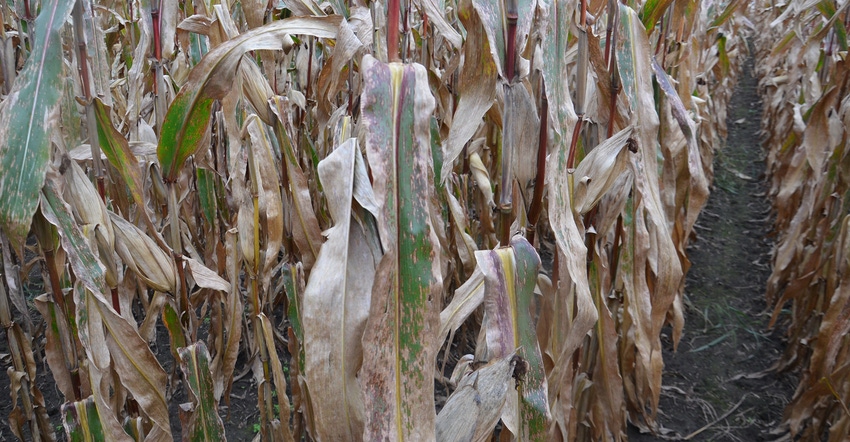November 4, 2020

My neighbor wants me to try the seed corn brand he sells. He’s high on a hybrid that did great in his on-farm plot in 2020. Should I buy from him, or stay with brands that have worked for me in the past several years?
The Indiana certified crop advisers panel answering this question includes Danny Greene, owner of Greene Crop Consulting, Franklin; Jeff Nagel, agronomist with Ceres Solutions, Lafayette; and Marty Park, agronomist with Gutwein Seed Services, Rensselaer.
Greene: New hybrids come out each year that claim to beat the old standbys — and many do. I would always encourage a farmer to use a package of hybrids to spread risk. If you feel strongly that you need to test this hybrid on your acres, do it in a planned way.
One rule of thumb I like is to commit 4% of your acres to trying new things each year. Maybe that is where you try out new hybrids before you jump into something where you have no experience. Generally, using a 4% rule will limit your risk but give you opportunity to experiment and learn. It also gives you an excuse to limit your purchase.
The best way to know how hybrids compare is to split a planter with the ones you want to evaluate. Multiple locations add confidence to the results.
Nagel: Hybrid selection is an important component of a production system. Relying on one data point is probably not the best way to make a decision on whether to plant a hybrid or not.
Using multiple site results and more than one year of data can provide better insights on hybrid consistency and performance. Today’s digital tools make it much easier to capture hybrid performance across a farm and sometimes multiple farms. A combination of performance on your farm and seed company plot data and strip trial results provides more tools to assess performance across different environments and management strategies.
Seed company plot data and observations become more important when deciding to introduce new hybrids on the farm. Genetic yield potential, trait packages, disease ratings and management of the hybrid all play a role in performance. It’s also important to work with a trusted seed adviser to help sort through hybrid performance and placement.
Park: It never hurts to try a hybrid that is working well for a neighbor, especially if it has multiple-year performance records behind it.
I would suggest doing this on a small scale to see how the hybrid performs on your soils with your management practices versus what brands and hybrids you are currently planting.
You May Also Like




